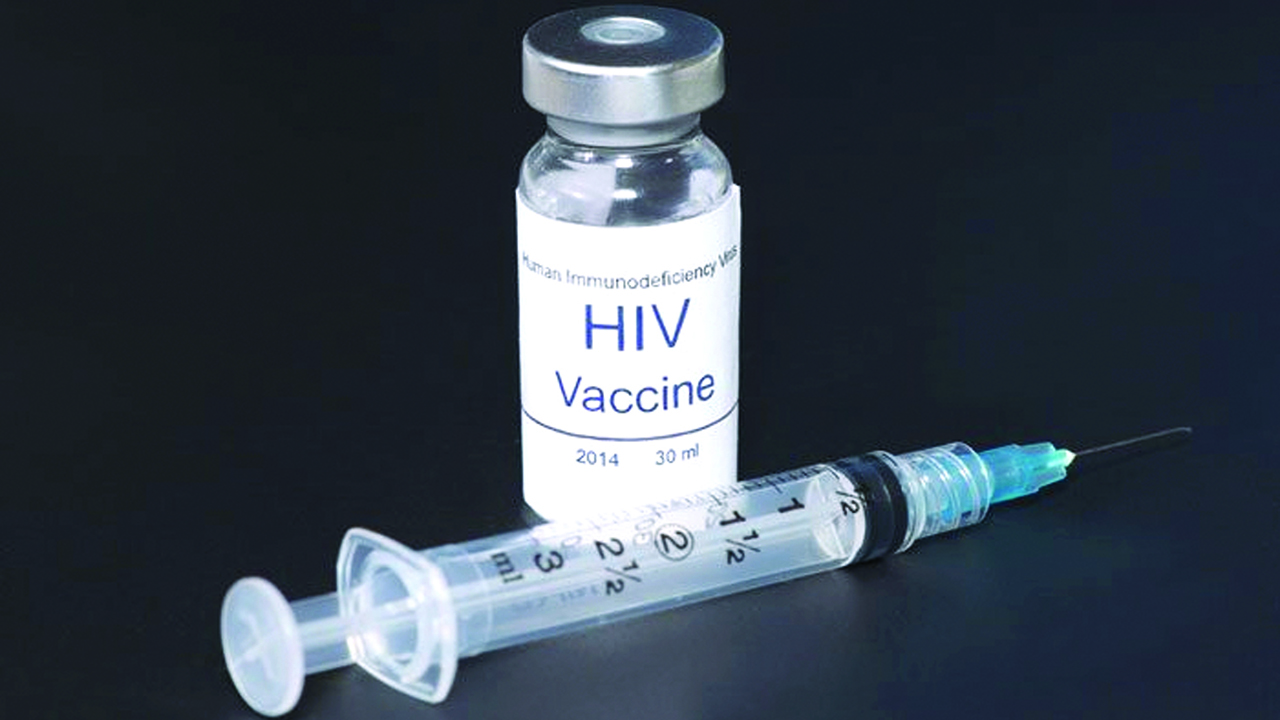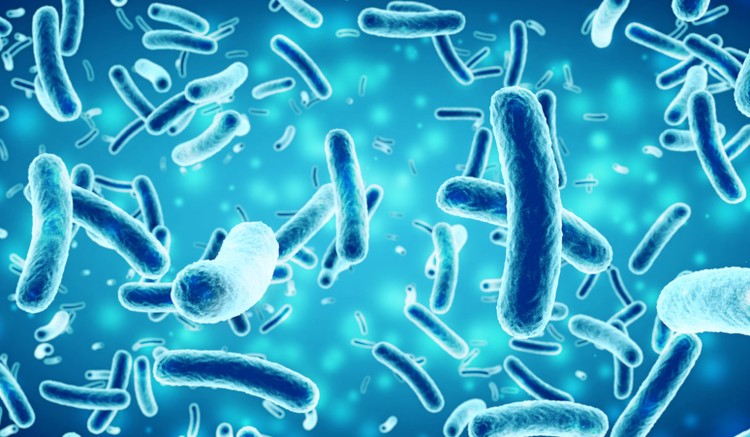
One reason for this is the technical difficulty of manufacturing vaccines based on the envelope proteins of the virus, according to Phil Berman, who led development of a major component of the only vaccine to have shown any efficacy against HIV in a clinical trial.
According to a study published in journal Nature, Berman, the Baskin Professor of Biomolecular Engineering at University of California (UC) Santa Cruz, United States (U.S.), has now developed new methods for the production of HIV vaccines.
His approach solves major technical problems, which have bedeviled the field. Berman described the new methods, and the candidate vaccines his lab has produced, in a talk at a conference on HIV vaccines held last week in Canada (“Emerging Technologies in Vaccine Discovery and Development,” a joint meeting with “Progress and Pathways Toward an Effective HIV Vaccine,” January 28 to February 1 in Banff, Alberta, part of the Keystone Symposia Global Health Series).
“Dozens of interesting vaccine candidates have been described, but most have not been tested in humans because it has not previously been possible to manufacture them affordably and in a timely fashion,” Berman said. “The technology we developed should break the logjam in HIV vaccine development, because it tremendously shortens the time, improves the yield, and lowers the cost.”
Berman’s lab was able to use robotics to shorten the time required to produce stable cell lines, needed to make the proteins for a vaccine, while at the same time greatly increasing how much of the protein the cell lines can produce.
The improved yield makes it possible to reduce the size of the bioreactor needed to make vaccine for large clinical trials–from 2,000- to 10,000-liter vessels to 50- or 100-liter vessels–resulting in tremendous savings in the equipment required and cost of materials. In addition, Berman’s lab was able to create cell lines that make HIV envelope proteins with the right kind of carbohydrate components (called glycans) needed for an effective immune response.
“The carbohydrates attached to the protein are really important, something no one realized until recently,” Berman said. “The conventional way of making these envelope protein vaccines incorporated the wrong kind of carbohydrates. We now know that destroyed many of the important antigenic sites recognized by protective antibodies.”
Cell lines derived from Chinese hamster ovary (CHO) cells are the industry standard used to produce complex recombinant proteins for therapeutic use. These cells are also useful for the production of HIV vaccines.
The gene for the desired protein is transferred into CHO cells in a process called transfection, and tens of thousands of transfected cells are screened to find the few rare cells that produce large amounts of the protein. The best cell lines are grown in large batches, in a process similar to yeast fermentation for making beer, and the proteins are then isolated and purified.
Berman’s lab developed a new robotic method to isolate high-producing cell lines making HIV envelope proteins. This shortened the time required to produce stable cell lines from 18 to 24 months to just two or three months, while increasing yields by a factor of 100 to 200.
[ad unit=2]






